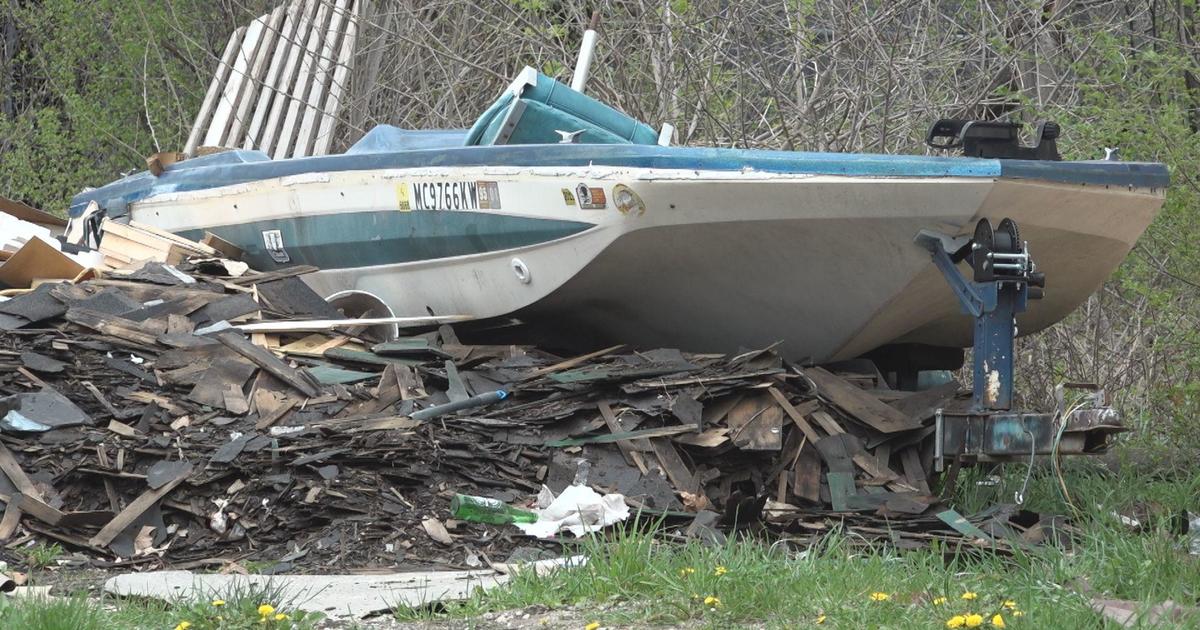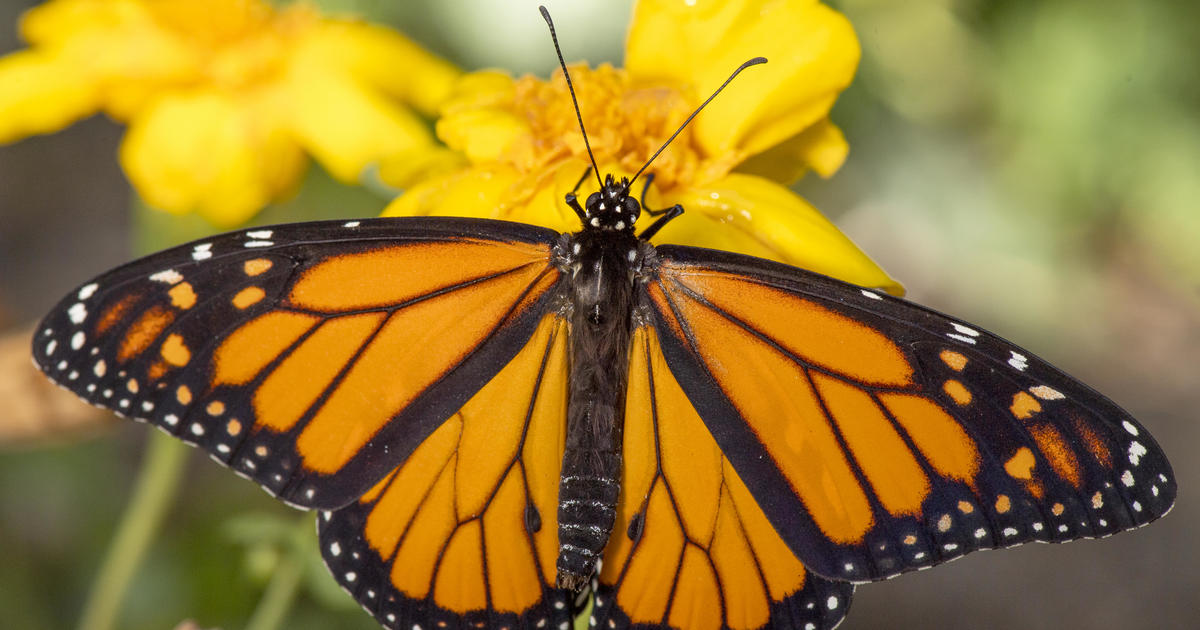Wayne State, Children's Hospital Boost Training With New Simulations
A Wayne State university nursing professor has received nearly $300,000 from the federal stimulus to bring new nursing training simulation to the WSU College of Nursing.
Life-size neonatal and pediatric mannequins will be used that can be programmed to exhibit a wide array of biological responses, as well as respond directly to interventions provided by the nurse or student.
On Sept. 17, U.S. Department of Health and Human Services Secretary Kathleen Sebelius announced $130.8 million in grants funded by HHS's Health Resources and Services Administration that will strengthen and expand the health professions work force.
The funding is part of the federal government's American Recovery and Reinvestment Act, the national economic stimulus package signed into law by President Barack Obama.
These grants are targeted to primary care work force training, oral health work force training, equipment to enhance training across the health professions, loan repayments for health professionals, health careers opportunities for disadvantaged students, and outreach and chronic disease prevention in health disparity populations.
Linda Lewandowski, Ph.D., R.N., Elizabeth Schotanus associate professor of Pediatric Nursing at Wayne State Univeristy and Children's Hospital of Michigan, and assistant dean of Family, Community and Mental Health in WSU's College of Nursing, received $281,633 from this program to incorporate new high fidelity clinical simulation equipment aimed at specialty education in pediatric and neonatal areas.
Through a partnership, this technology will be used in the nurse residency program at CHM and in WSU's undergraduate and graduate nursing distance learning and online courses.
With the incorporation of this technology, many students and CHM nurses will receive specialty training in WSU's College of Nursing simulation lab and onsite at CHM. WSU's is the only graduate program to prepare nurses as neonatal nurse practitioners or acute care pediatric nurse practitioners in the state of Michigan. This equipment will significantly enhance these programs. The training will focus on topics such as head-to-toe pediatric assessment, blood administration (including simulation of a negative reaction) and managing a pediatric code blue. In addition, the technology also will help educate WSU nursing students in neonatal, maternity and midwifery programs, providing simulated newborn care scenarios and emergency situations.
"This state-of-the-art technology will provide safe 'real-world' learning experiences for nursing students and nurses under conditions that are very similar to real clinical settings," said Lewandowski. "The life-size mannequins will be programmed to exhibit a wide array of biological responses, as well as respond directly to interventions provided by the nurse or student. The simulation scenarios allow us to give students' and nurses' experiences that will increase safety and quality of care in increasingly complex health care environments."
CHM began a new nurse residency program five years ago that has evolved into the CHM RN Transitions program. This 16-week enhanced orientation program for new nurse graduates as well as nurses new to the specialty of pediatric nursing will now benefit from enhanced training, allowing participants to practice in a simulated environment, ultimately raising their confidence and comfort level in their jobs.
"Advances in technology are creating new and exciting methods for teaching and learning in academic and health care settings," said Hilary Ratner, vice president for research at Wayne State University. "This grant from HHS will prepare our nursing students and Children's Hospital of Michigan nurses to give the best quality nursing care to this vulnerable population of patients."
(c) 2010, WWJ Newsradio 950. All rights reserved.



